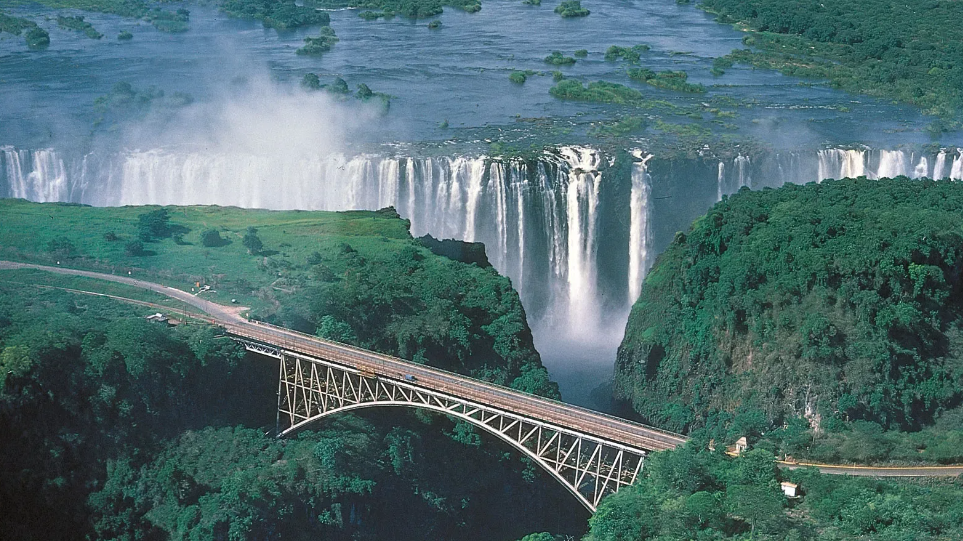Nestled amidst the verdant landscapes of [Country], Blue Lagoon National Park stands as a testament to the natural splendor and biodiversity of our planet. Spanning over [X] square kilometers, this captivating sanctuary offers a haven for both wildlife enthusiasts and nature lovers alike. With its pristine azure waters, lush forests, and diverse ecosystems, Blue Lagoon National Park promises an unforgettable adventure for those who venture within its boundaries.
History and Formation
Blue Lagoon National Park boasts a rich history that dates back centuries. Originally inhabited by indigenous communities, the area later became recognized for its ecological significance, prompting its designation as a protected area. In [Year], the government of [Country] officially established Blue Lagoon National Park to safeguard its unique flora and fauna while providing a sanctuary for research, education, and recreation.
Geography and Landscape
The park’s geography is characterized by a stunning juxtaposition of rugged coastlines, dense forests, and crystalline lagoons. The centerpiece of the park, the Blue Lagoon, derives its name from the mesmerizing hue of its waters, which range from cerulean to deep sapphire. Fed by underground springs and surrounded by limestone cliffs draped in lush greenery, the lagoon offers visitors a serene oasis for swimming, snorkeling, and relaxation.
Beyond the lagoon, the park’s terrain unfolds in a tapestry of diverse ecosystems. Dense tropical rainforests teeming with exotic flora and fauna blanket the interior, while coastal mangroves provide vital habitats for a myriad of aquatic species. Towering volcanic peaks punctuate the skyline, offering breathtaking panoramic views of the surrounding landscape.
Flora and Fauna
Blue Lagoon National Park is renowned for its extraordinary biodiversity, boasting a profusion of plant and animal species endemic to the region. Within its borders, visitors may encounter a kaleidoscope of tropical flora, including towering mahogany trees, vibrant orchids, and delicate ferns. The park’s forests are also home to a diverse array of medicinal plants, some of which have been used for centuries by indigenous cultures for their healing properties.
The park’s fauna is equally impressive, with an abundance of terrestrial and aquatic species calling it home. Among its inhabitants are elusive jaguars, playful monkeys, and colorful parrots, each playing a vital role in the park’s delicate ecosystem. Offshore, the waters of the Blue Lagoon teem with marine life, including vibrant coral reefs, tropical fish, and gentle manatees, making it a paradise for snorkelers and scuba divers alike.
Activities and Attractions
Blue Lagoon National Park offers a wealth of Zambia holiday activities and attractions to suit every traveler’s interests. Adventure seekers can embark on guided hiking expeditions through the park’s pristine wilderness, immersing themselves in its natural beauty while discovering hidden waterfalls, ancient caves, and panoramic viewpoints along the way.
For those seeking aquatic adventures, the Blue Lagoon beckons with its crystal-clear waters, inviting visitors to swim, kayak, or paddleboard beneath the warm Caribbean sun. Snorkeling enthusiasts can explore the vibrant coral reefs teeming with marine life, while certified divers can descend into the depths to discover underwater caves and caverns shrouded in mystery.
Nature lovers will delight in the park’s diverse wildlife, with opportunities to observe rare bird species, elusive mammals, and exotic reptiles in their natural habitats. Guided wildlife tours offer insights into the park’s ecological importance and conservation efforts, allowing visitors to gain a deeper appreciation for its unique biodiversity.
Conservation and Sustainability
As stewards of Blue Lagoon National Park, conservation and sustainability lie at the heart of its management and preservation efforts. The park’s dedicated team of rangers and scientists work tirelessly to protect its fragile ecosystems, implementing measures to combat deforestation, illegal poaching, and habitat degradation.
Community engagement and education play a crucial role in promoting environmental awareness and fostering a sense of stewardship among local residents and visitors alike. Through outreach programs, eco-tourism initiatives, and sustainable development projects, Blue Lagoon National Park strives to balance the needs of conservation with the interests of surrounding communities, ensuring the long-term viability of this natural treasure for generations to come.
Visitor Information
Visitors to Blue Lagoon National Park are encouraged to adhere to responsible tourism practices, including respecting wildlife habitats, minimizing waste, and supporting local conservation efforts. Entrance fees and permits may be required for park access, with proceeds contributing to conservation and maintenance efforts.
Accommodations within the park range from rustic campsites to eco-friendly lodges, offering visitors a variety of options for overnight stays. Advanced reservations are recommended, particularly during peak seasons, to secure accommodations and plan activities accordingly.
Conclusion
In conclusion, Blue Lagoon National Park stands as a testament to the beauty and diversity of our natural world. From its pristine waters and lush forests to its vibrant ecosystems and abundant wildlife, the park offers a sanctuary for exploration, adventure, and discovery. As visitors immerse themselves in its wonders, they are reminded of the importance of conservation and stewardship in preserving our planet’s most precious treasures. Whether seeking adventure in Zambia or serenity, Blue Lagoon National Park beckons with its timeless allure, inviting all who enter to experience the magic of nature in its purest form.





